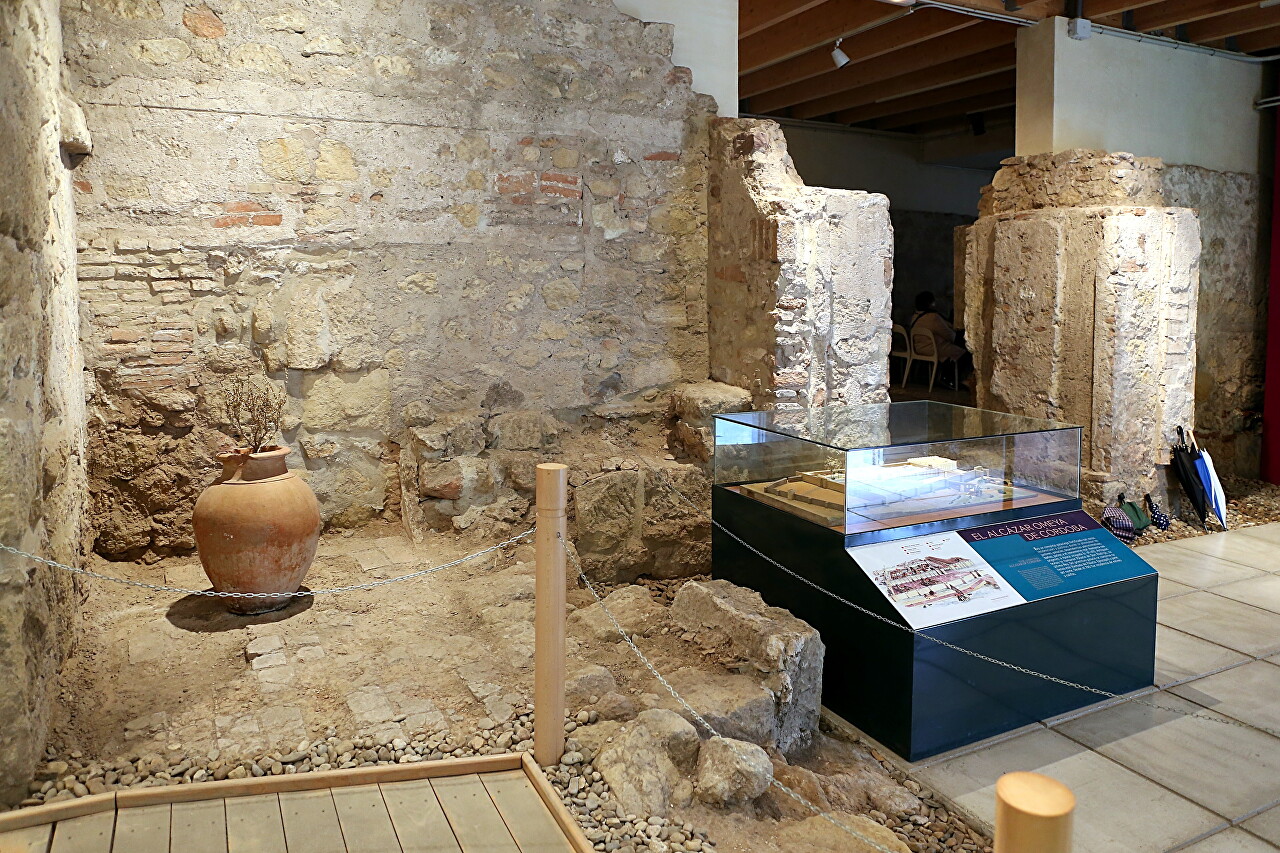Baños del Alcázar Califal, Córdoba
To begin with, I must say that bathing in baths and pools was not initially popular among Muslims, they preferred to wash only with running water. After the fall of the Roman Empire, part of its territories came under the rule of the Arabs, and they began to use the technical achievements of their predecessors. Public baths of the Roman type appeared among Muslims in the 7th-8th century, and, just like the Romans, other services were provided here: massage, hairdressing, beauty treatments. The baths had permanent staff who monitored the technical condition and cleanliness of the premises and provided visitors with bath accessories. The visiting days were separate for men and women. Baths were especially popular among noble women. Special maids combed their hair, waxed and massaged with aromatic ointments. The preparation of brides for the wedding was also carried out in the baths. Public baths had not only a hygienic function, but also as a place of social relations. The Caliphal baths were used for the ablution of a high family and close associates, and their visit had a special ceremony of physical, therapeutic and aesthetic body care. Arab baths had a typical architecture and layout, which differed from similar structures of Ancient Rome only in smaller sizes. A visit to the bathhouse began with a changing room (Bayt al-Maslaj, Roman Palestra), where visitors left their clothes. Then they went to a cool room (Bayt al-Barid, Roman Firigidarum), where accessories were given out: Jugs and basins for water, scrapers, aromatic oils. In order not to slip and get burned on hot floors, rich customers received cork-soled shoes, the poorer public received thick wool socks, and the very poor simply wrapped their feet in rags. Cold rooms also had toilets with running water. Then the visitors moved to a warm or temperate room (Bayt al-Wastany, Roman Tepidarium) in which there were benches for washing. This was where the main cleansing of the body took place. The Arabs did not use immersion in hot baths, preferring steam, for which they went to a hot room (Bayt al-Sajun, Roman Caldarium), where there were two pools with hot water and something like a shower. After sweating thoroughly, showering themselves with hot water from the pools or taking a shower, visitors returned to a warm room, where they cleaned the skin with scrapers. In a warm room, the Caliph received daily massages, shaving, hair styling and dressing. Sometimes, after these procedures, the caliph received distinguished visitors or held meetings with his entourage. The room, which in modern language can be called a "boiler room" of a furnace, boiler and was located between two pools in a hot room. The furnace was well below the floor level in the halls of the baths, hot gases from the furnace entered channels passing under the floor and in the walls, heating them. Above the furnace stood a bronze cauldron, in which water was heated, which was supplied to the halls of the baths through ceramic pipes. Steam from the heated water was supplied to the hot and warm rooms. The fire in the furnace was constantly maintained so that the boiler would not collapse from temperature fluctuations, it was extinguished only if necessary to repair the boiler or chimneys. A special group of servants was engaged in fire maintenance and repairs. The boiler room had an entrance from the yard, where the wood warehouse was located. Tragic episodes of the civil war that put an end to the Caliphate took place in the baths of Cordoba. One of them was the assassination of the Moroccan-born Caliph Ali ibn Hammud by three of his slaves in 1018. On January 17, 1024, a riot broke out in Cordoba due to discontent with the African troops stationed in the city. The rebels seized the palace and executed Caliph Abd al-Rahman V.
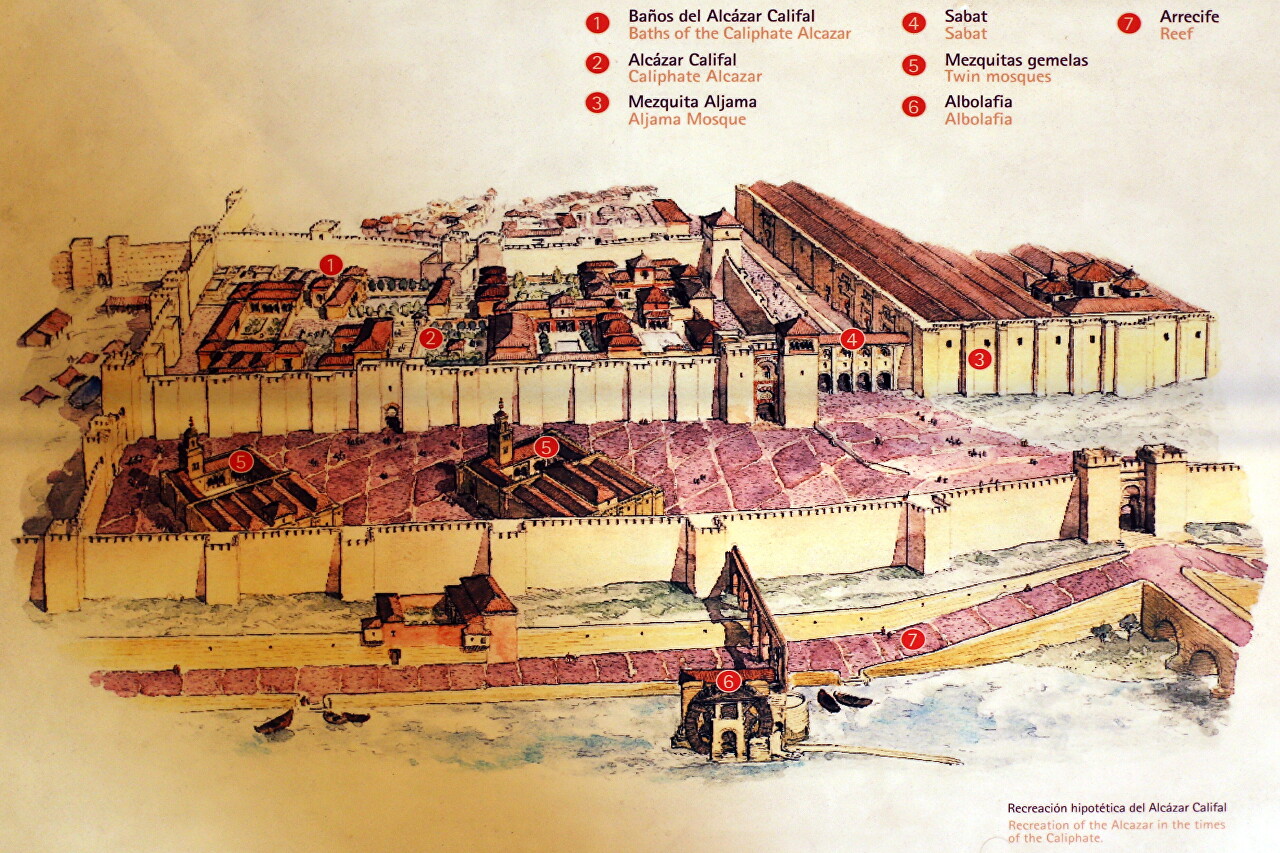
..
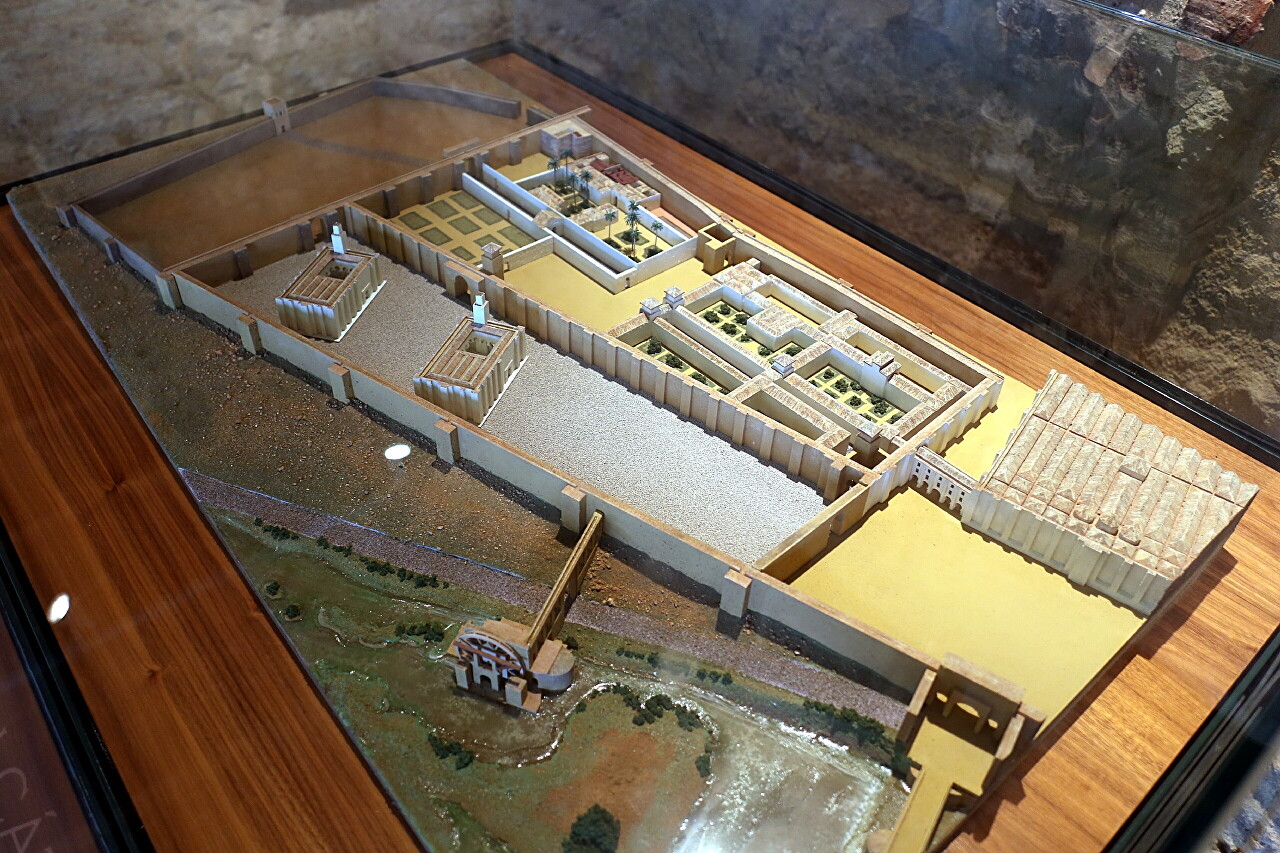
..
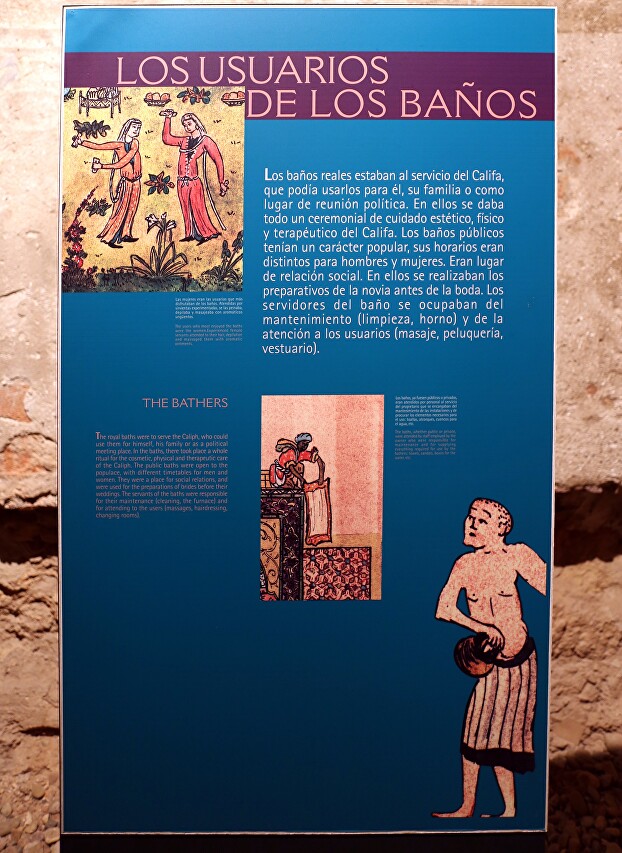
..

..
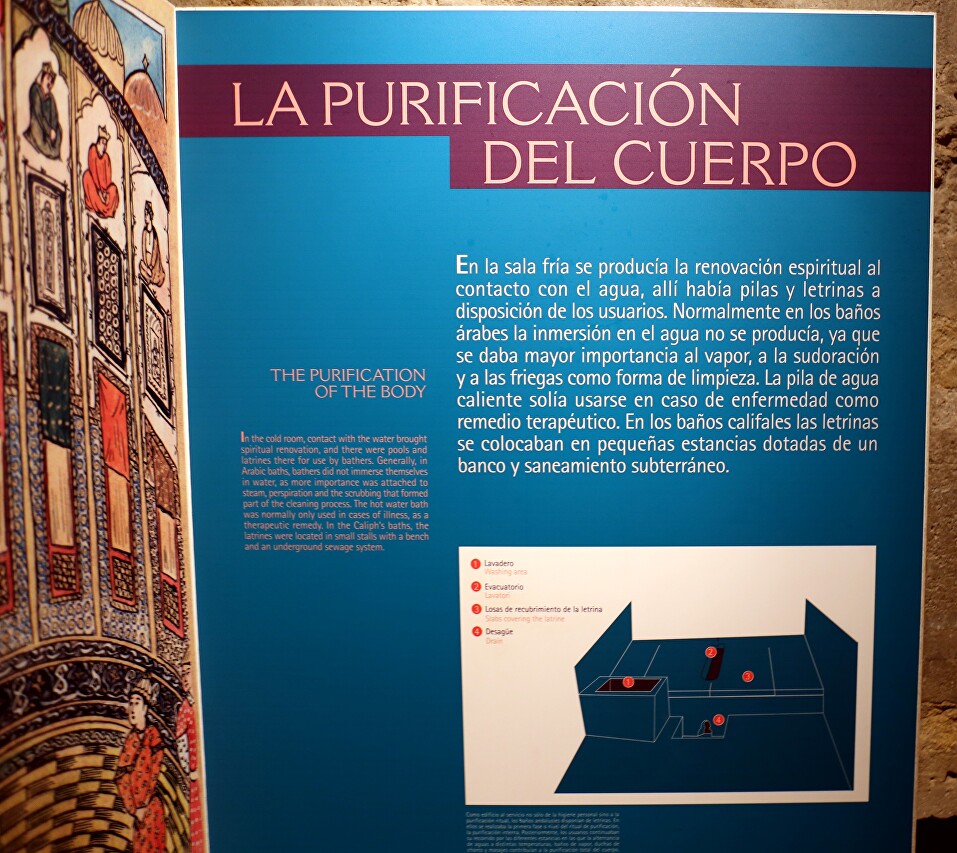
..
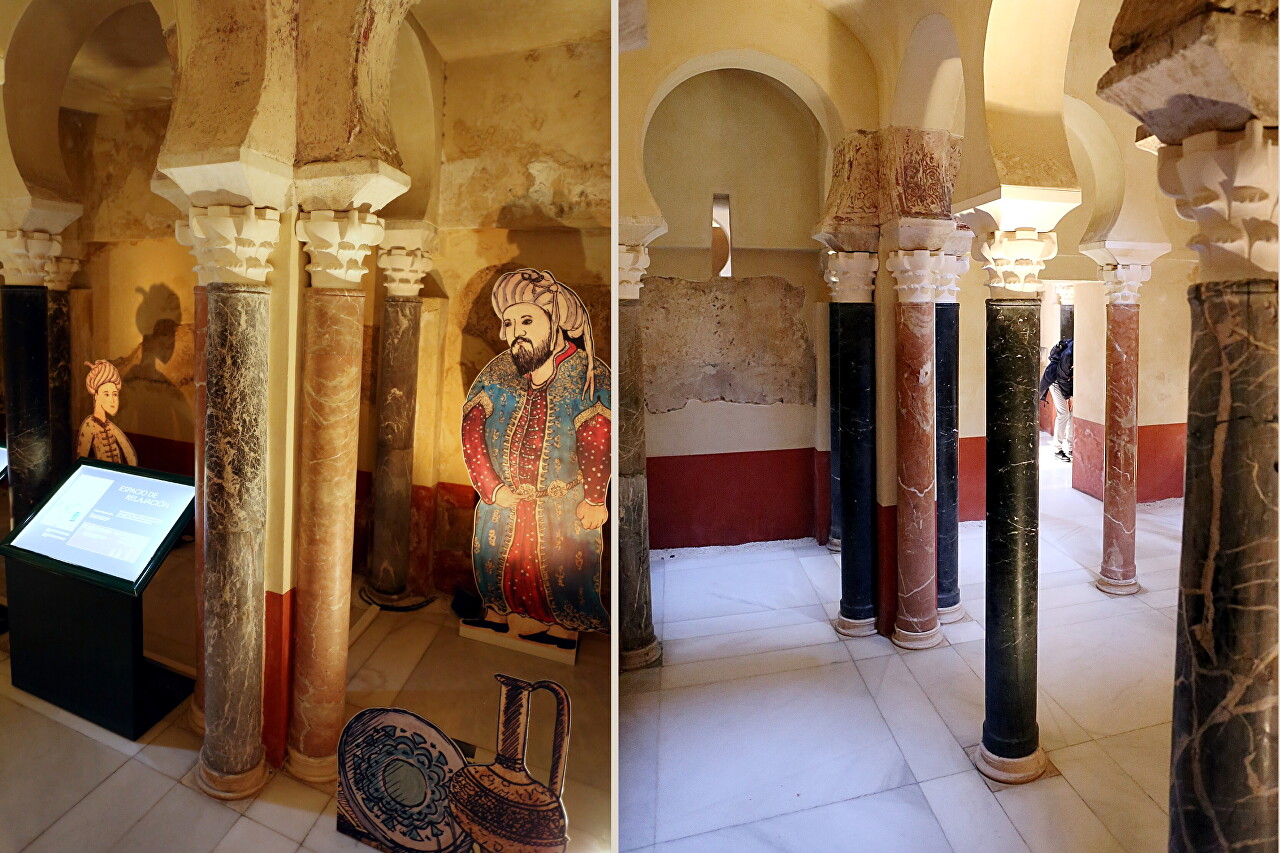
..
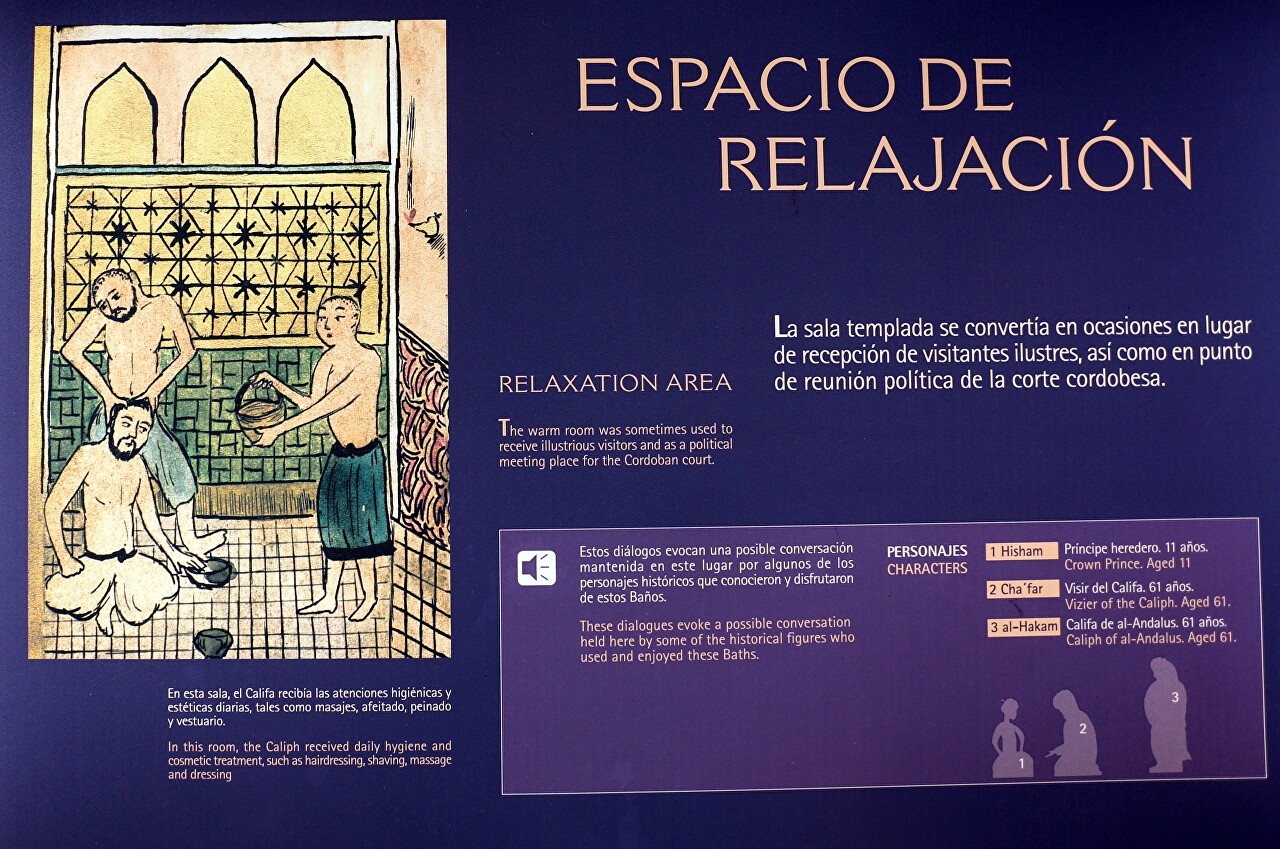
..
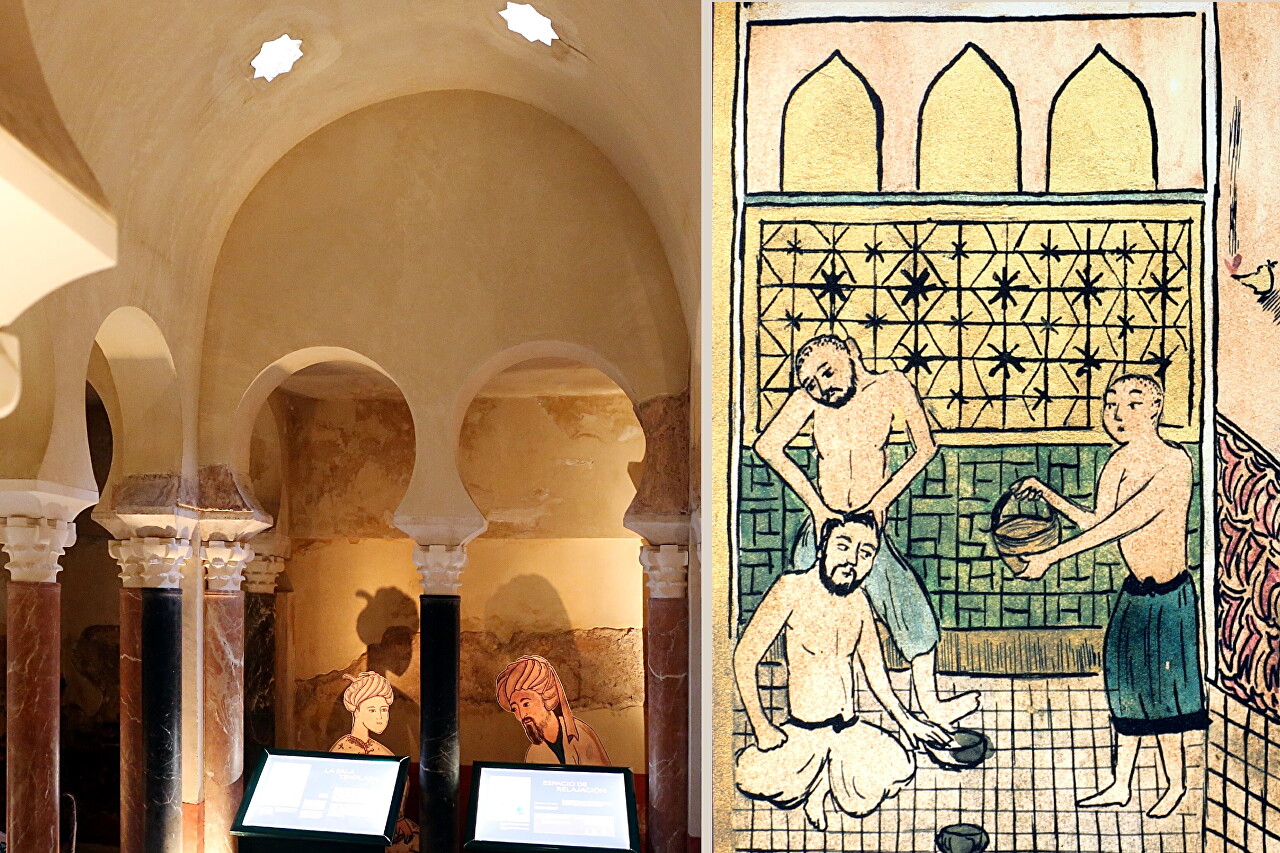
..
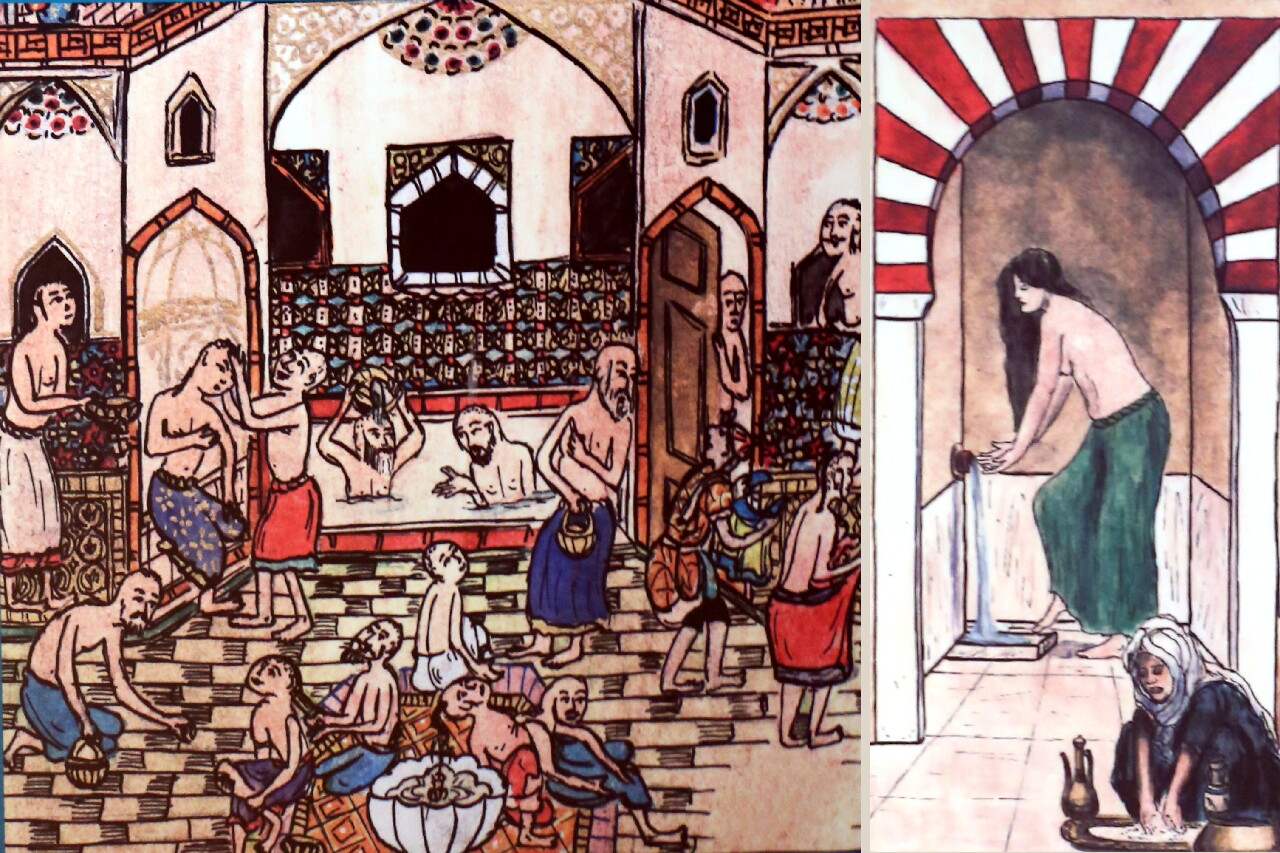
..
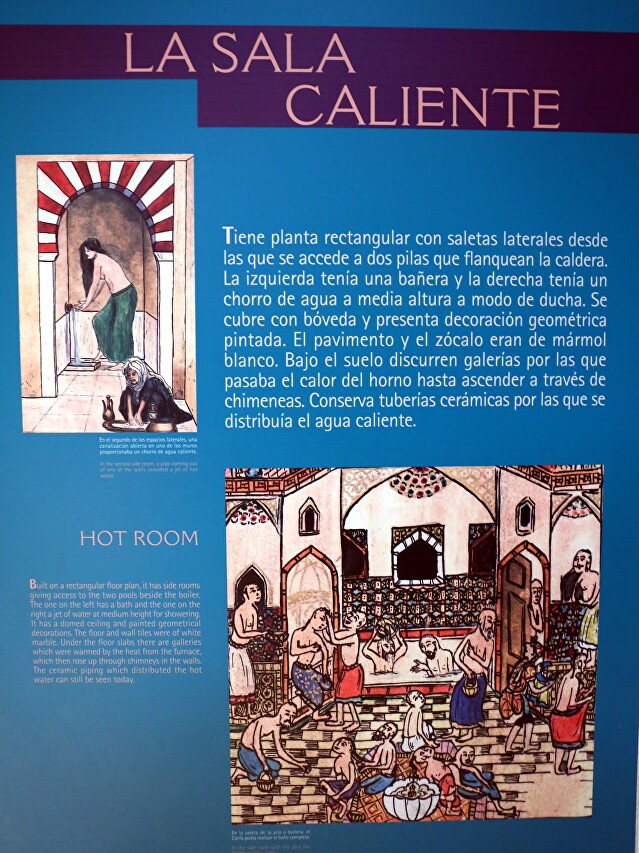
..
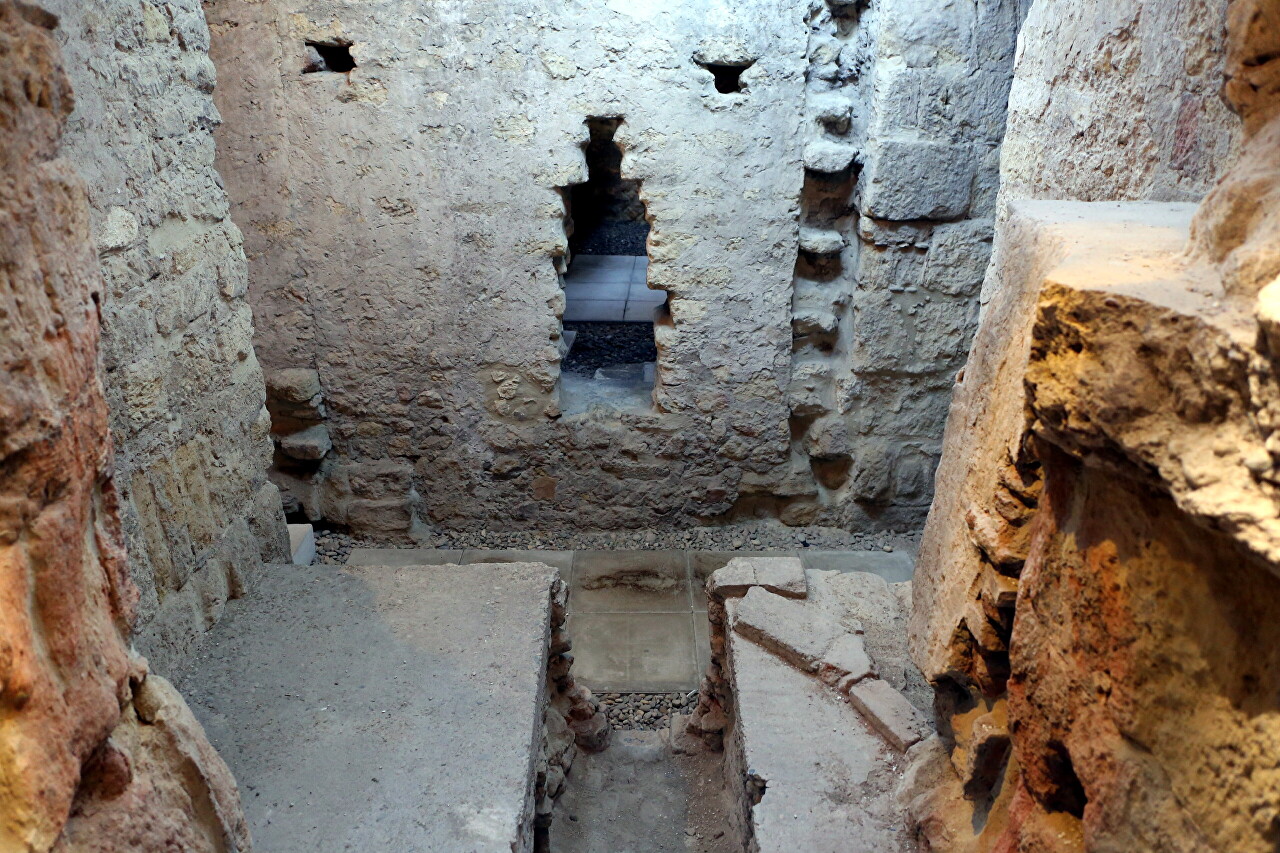
..

..
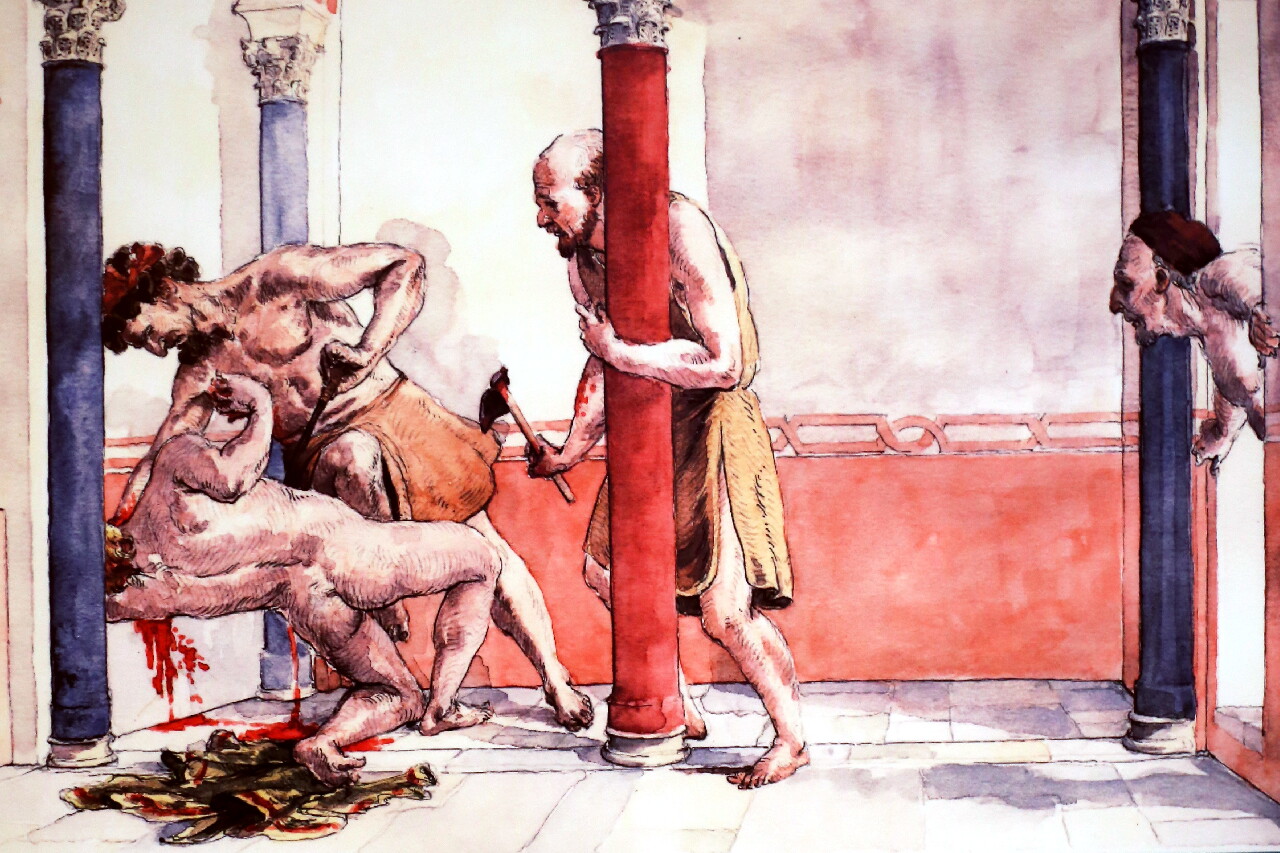
..
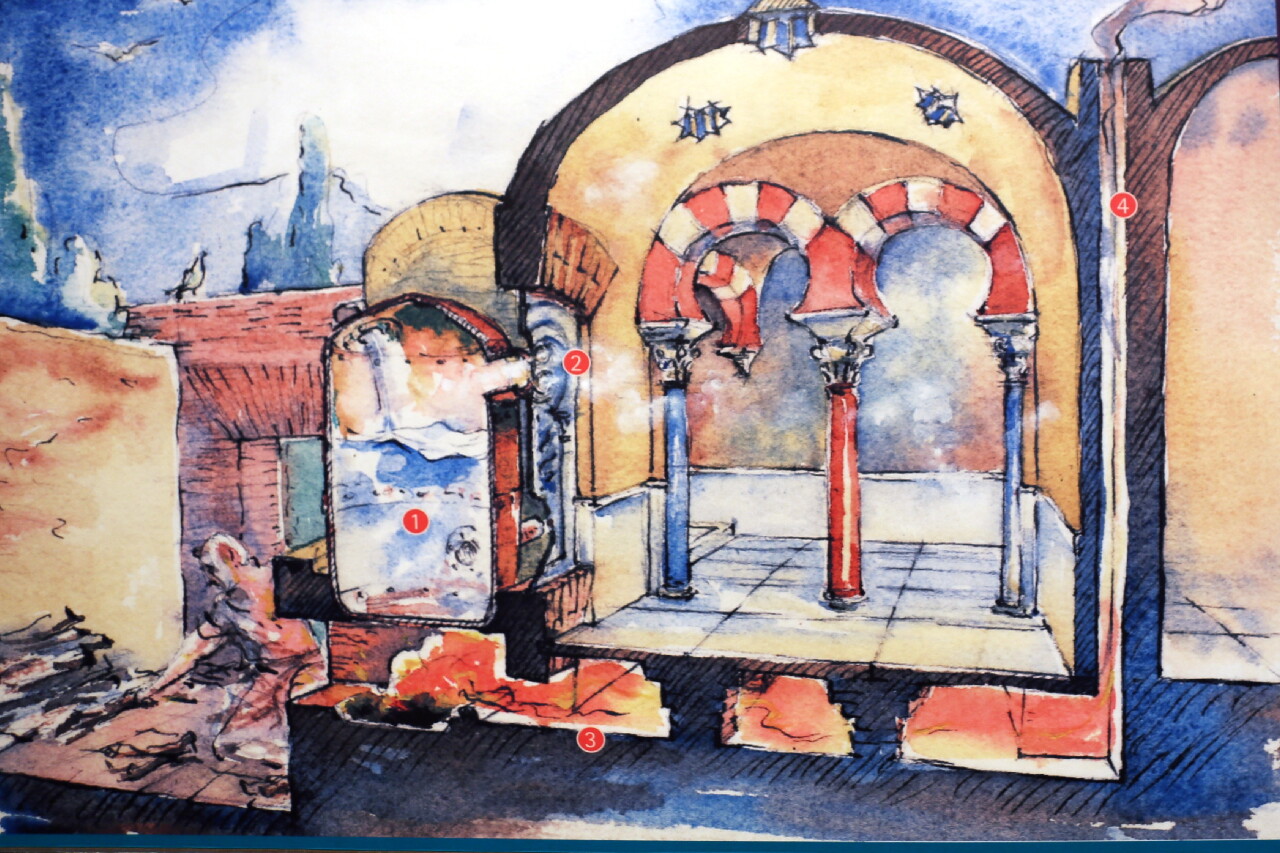
..
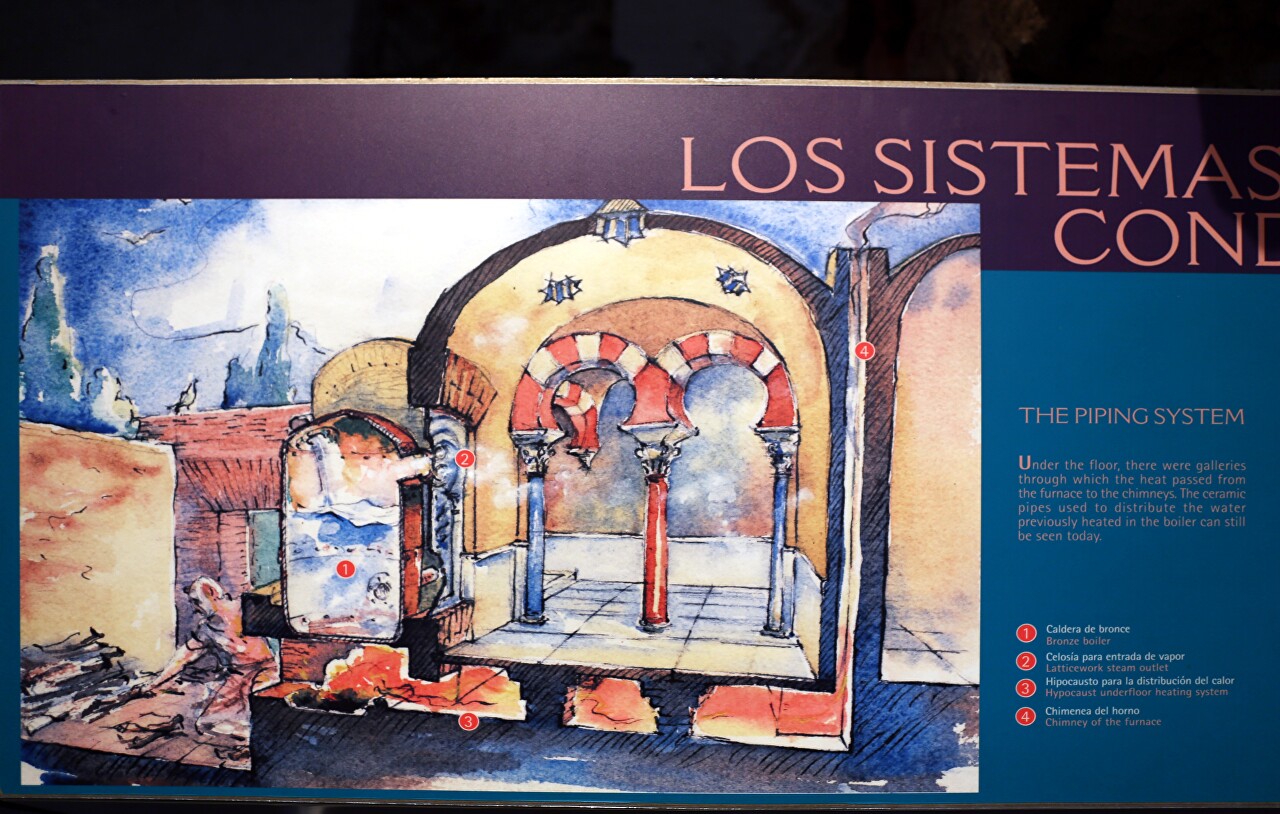
..
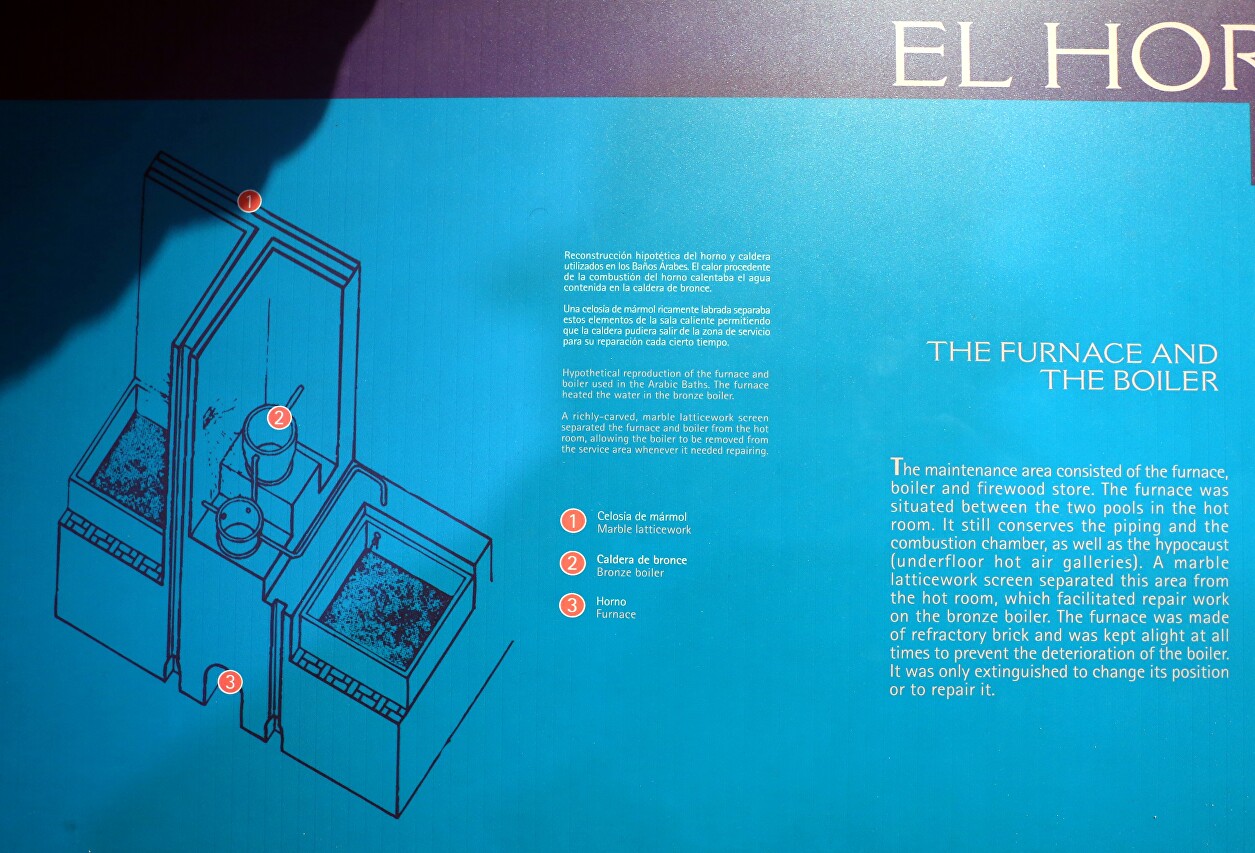
..
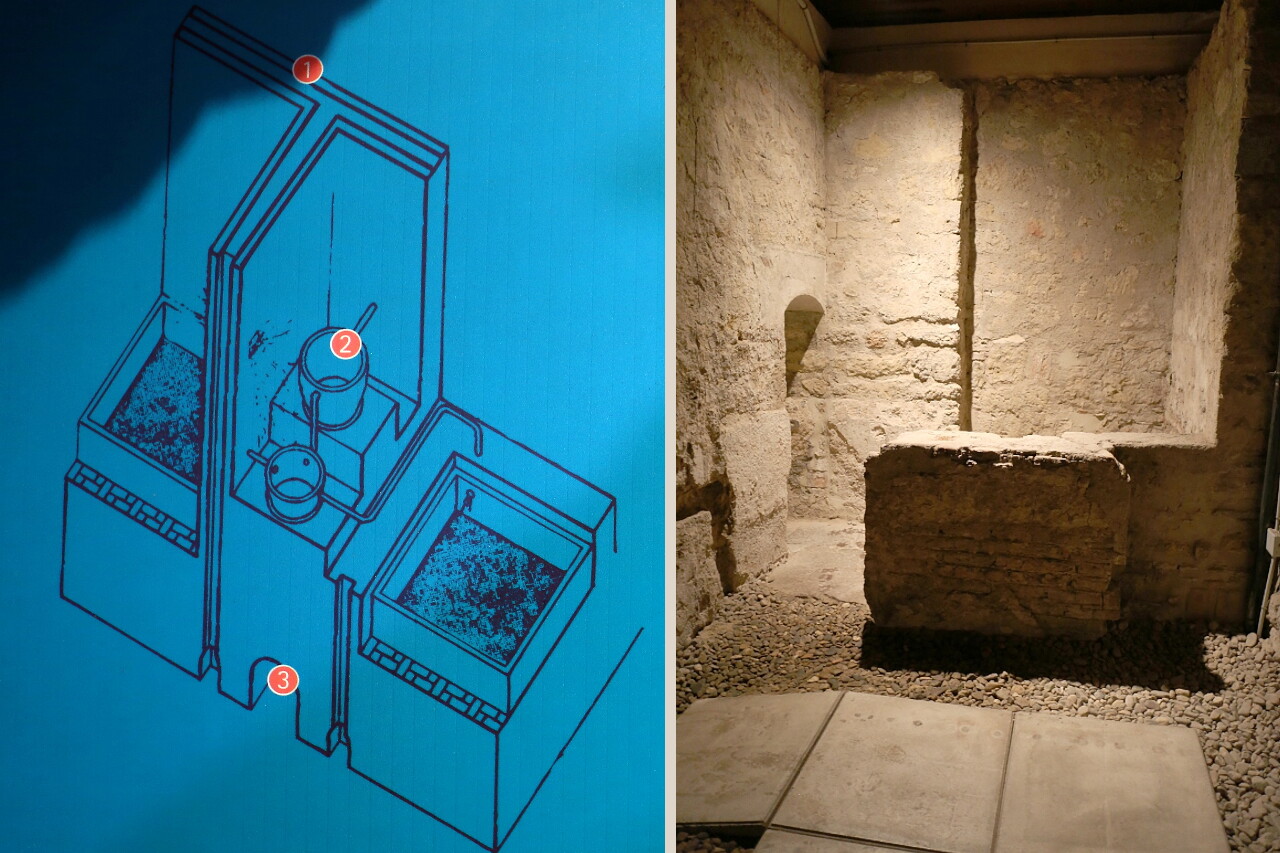
..
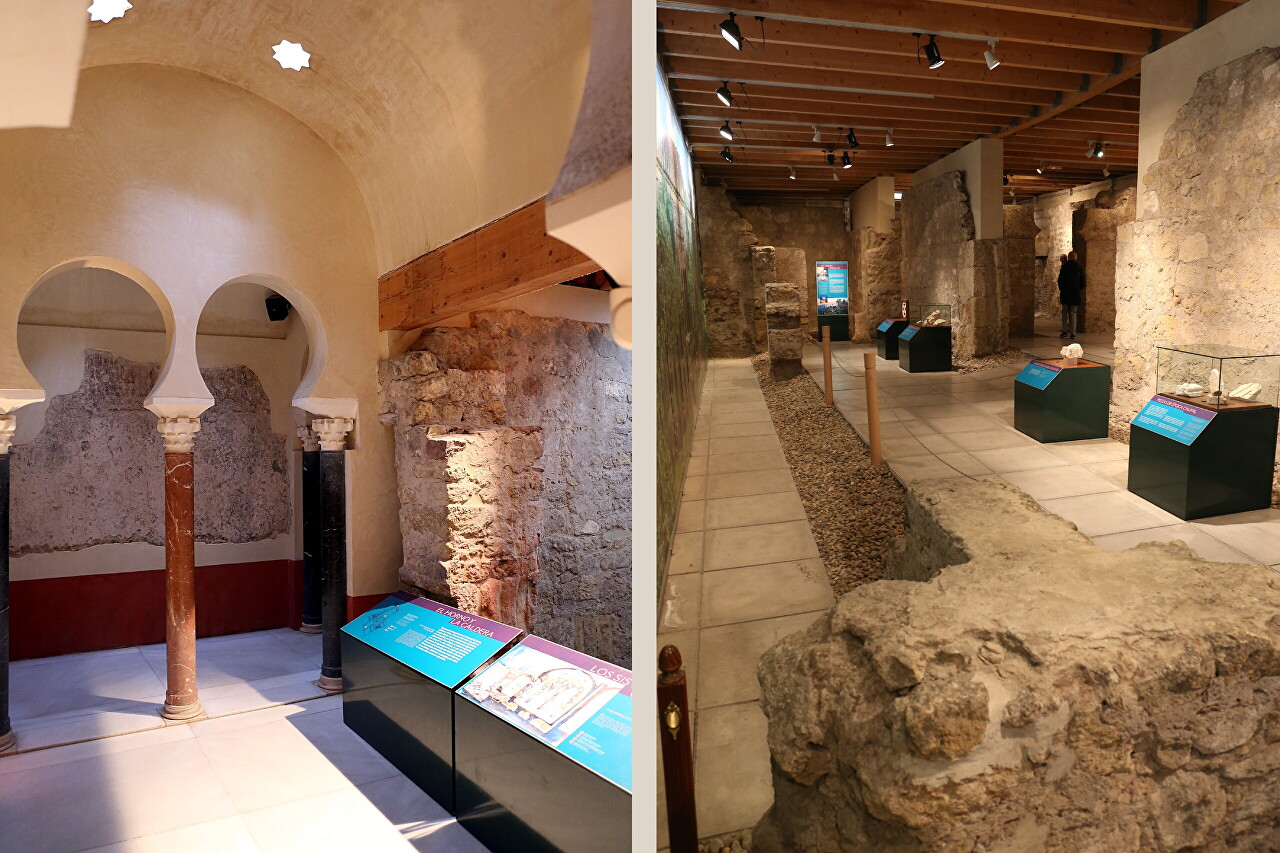
..
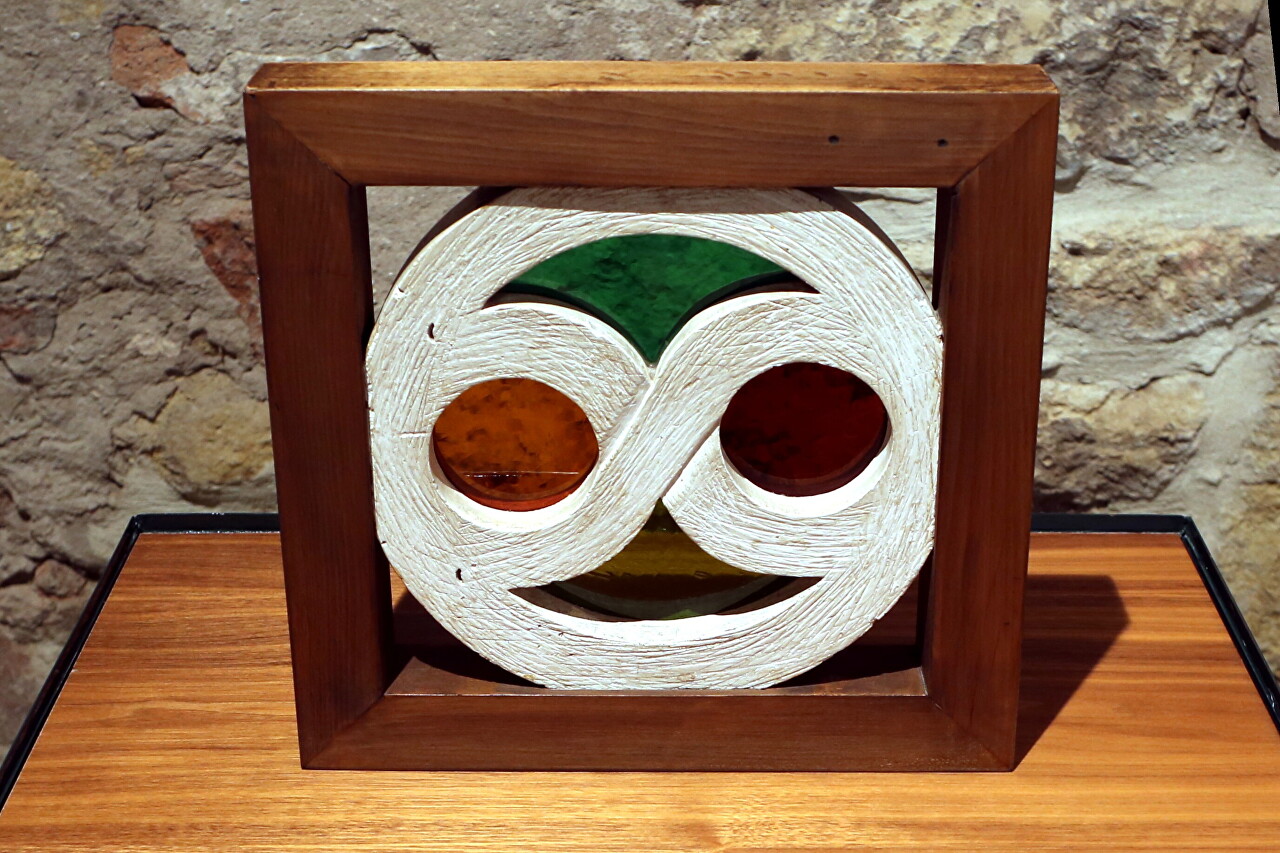
..
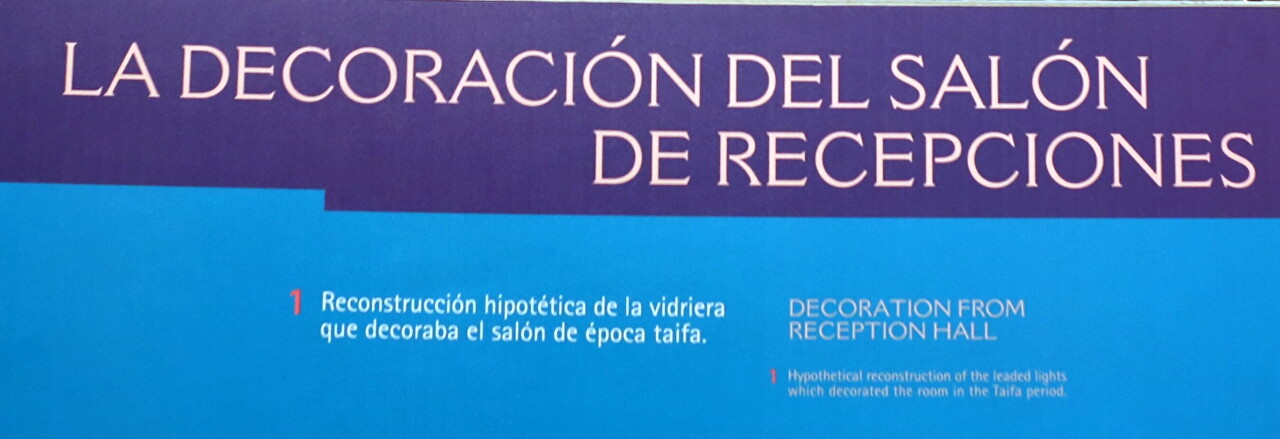
..
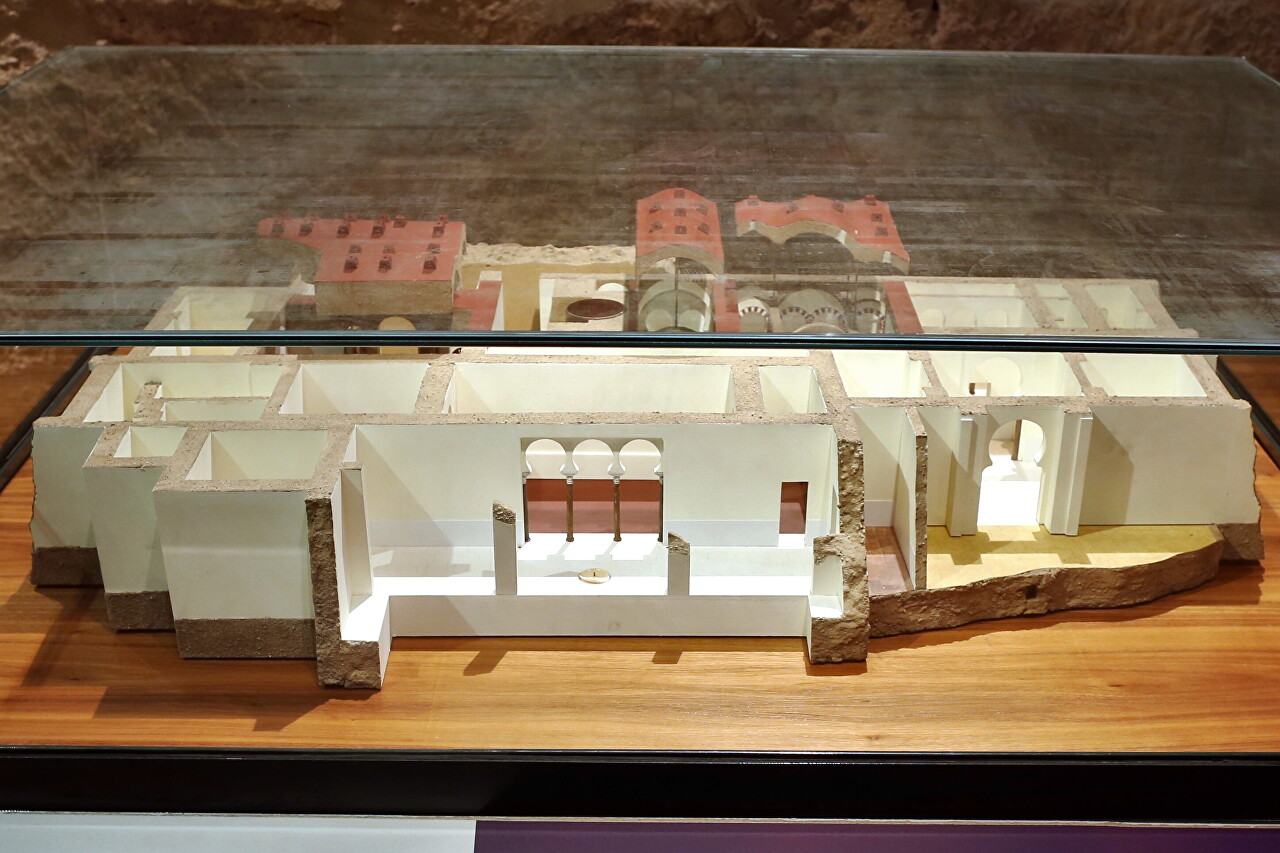
..

..
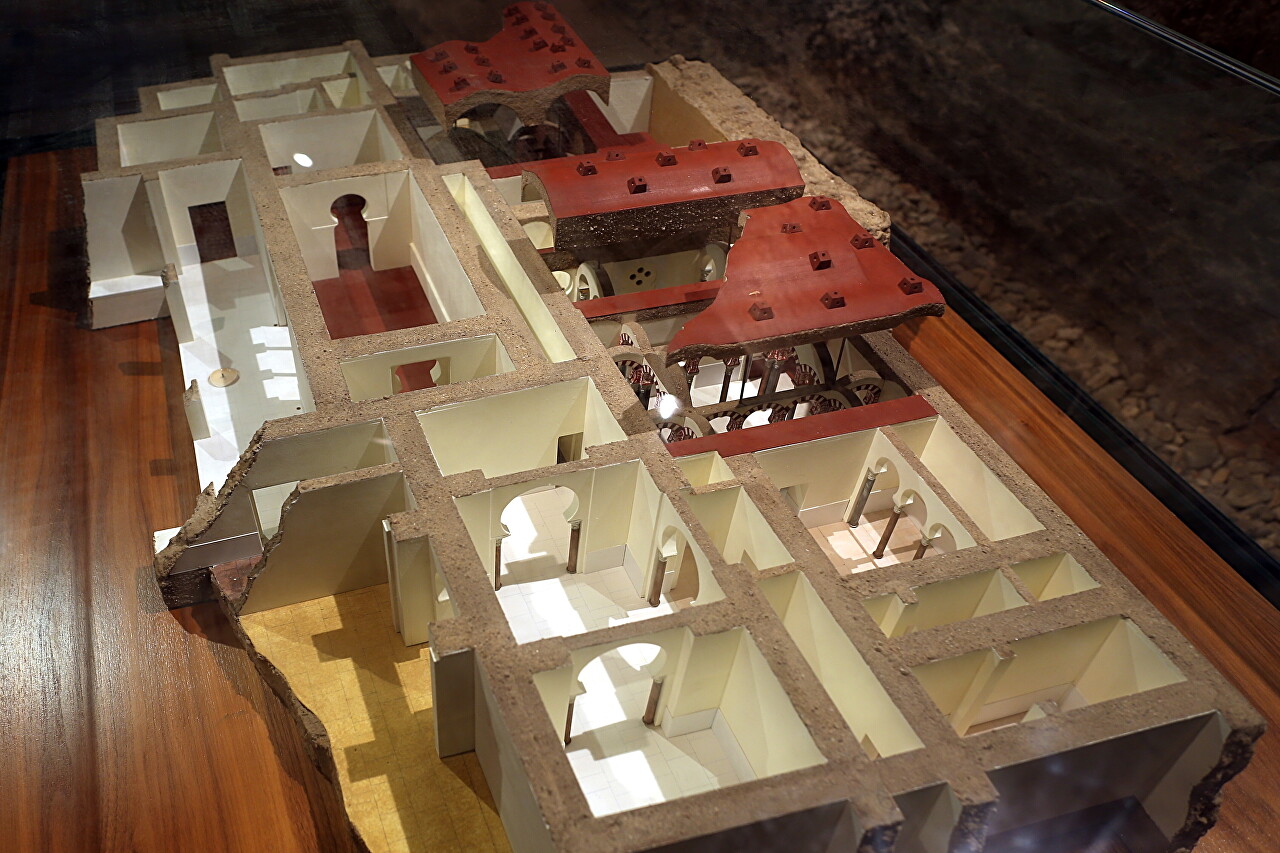
..
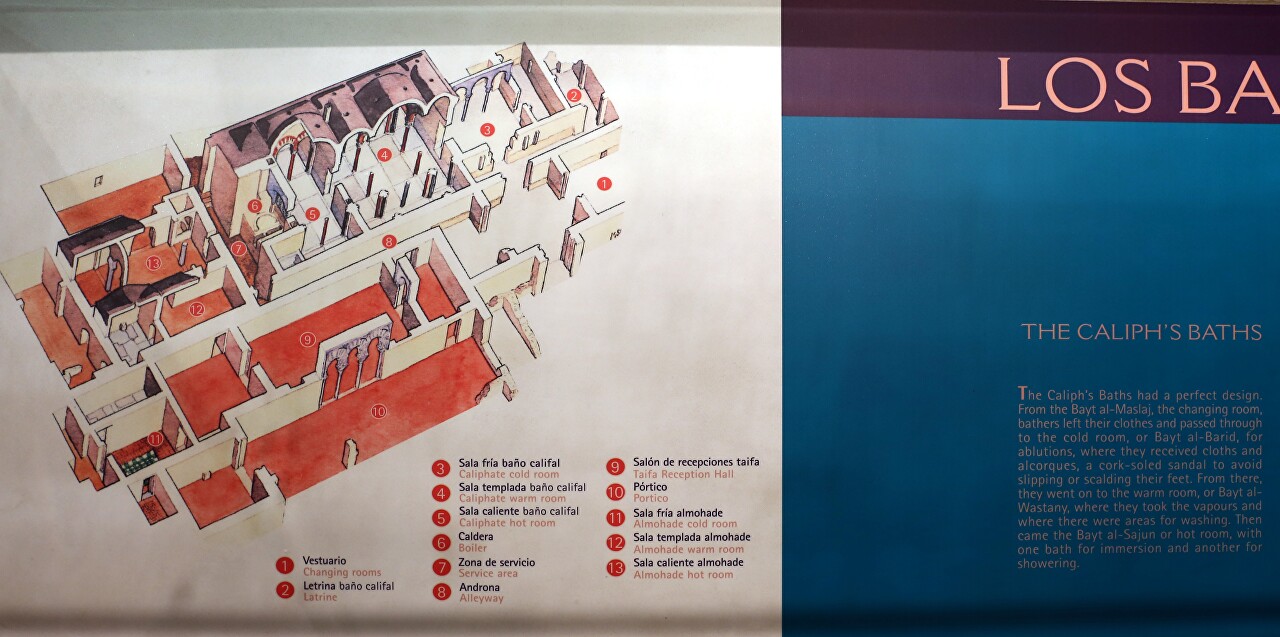
..
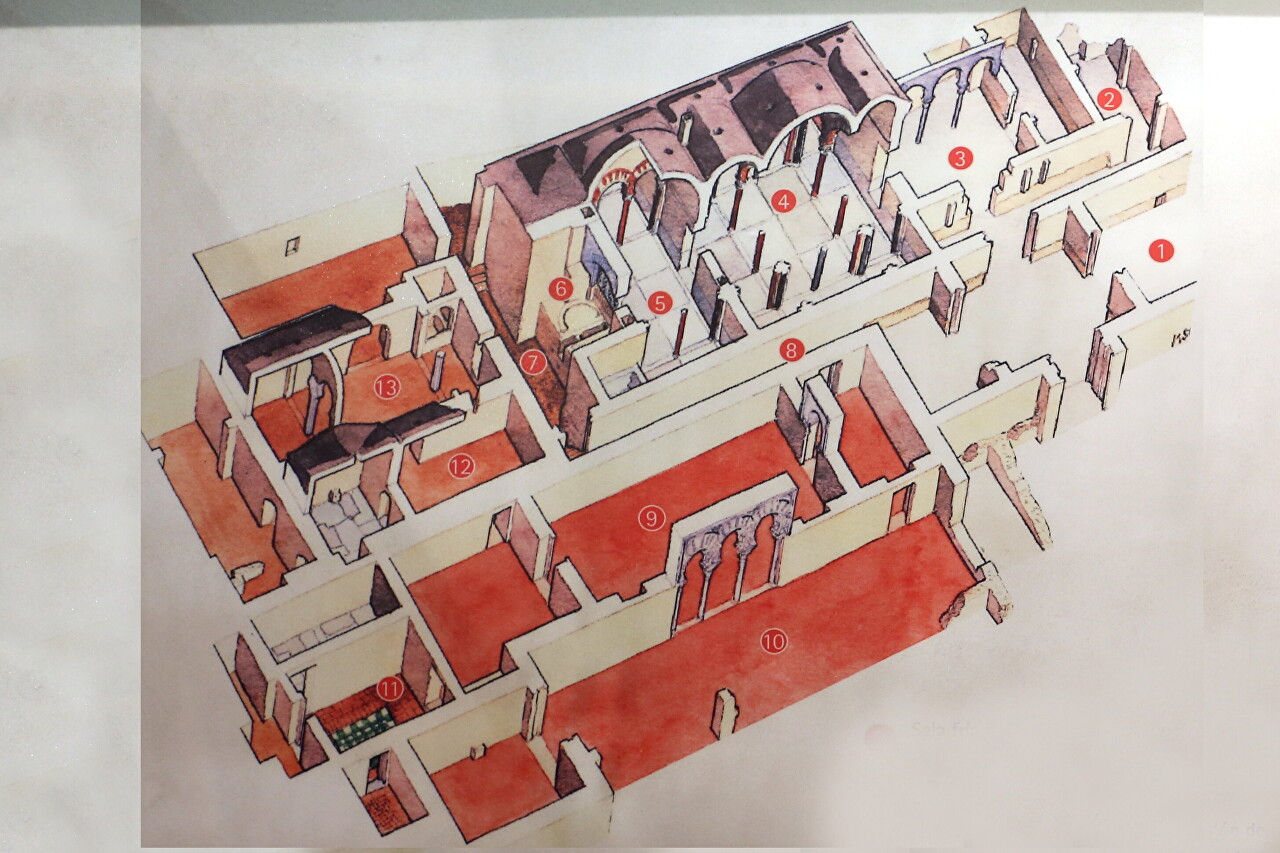
..
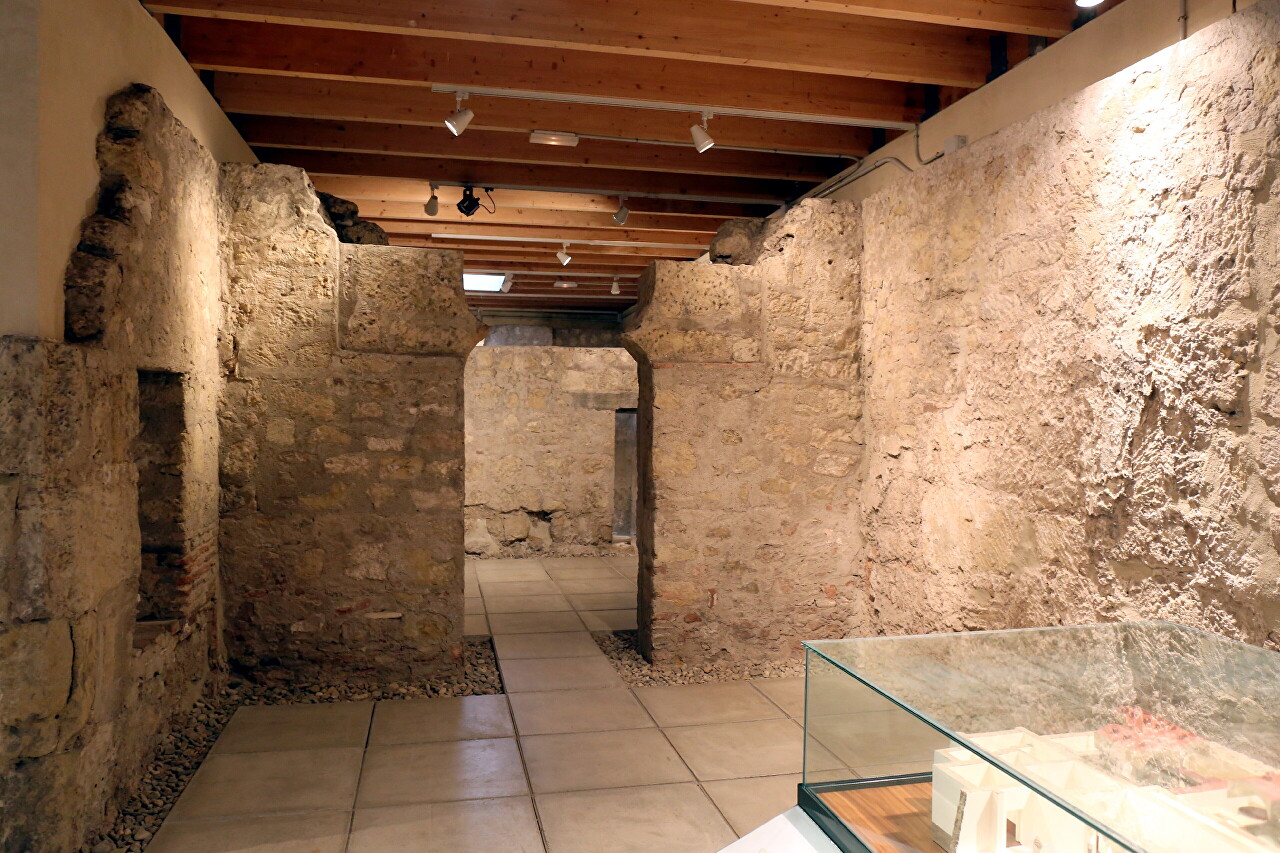
..

..

..
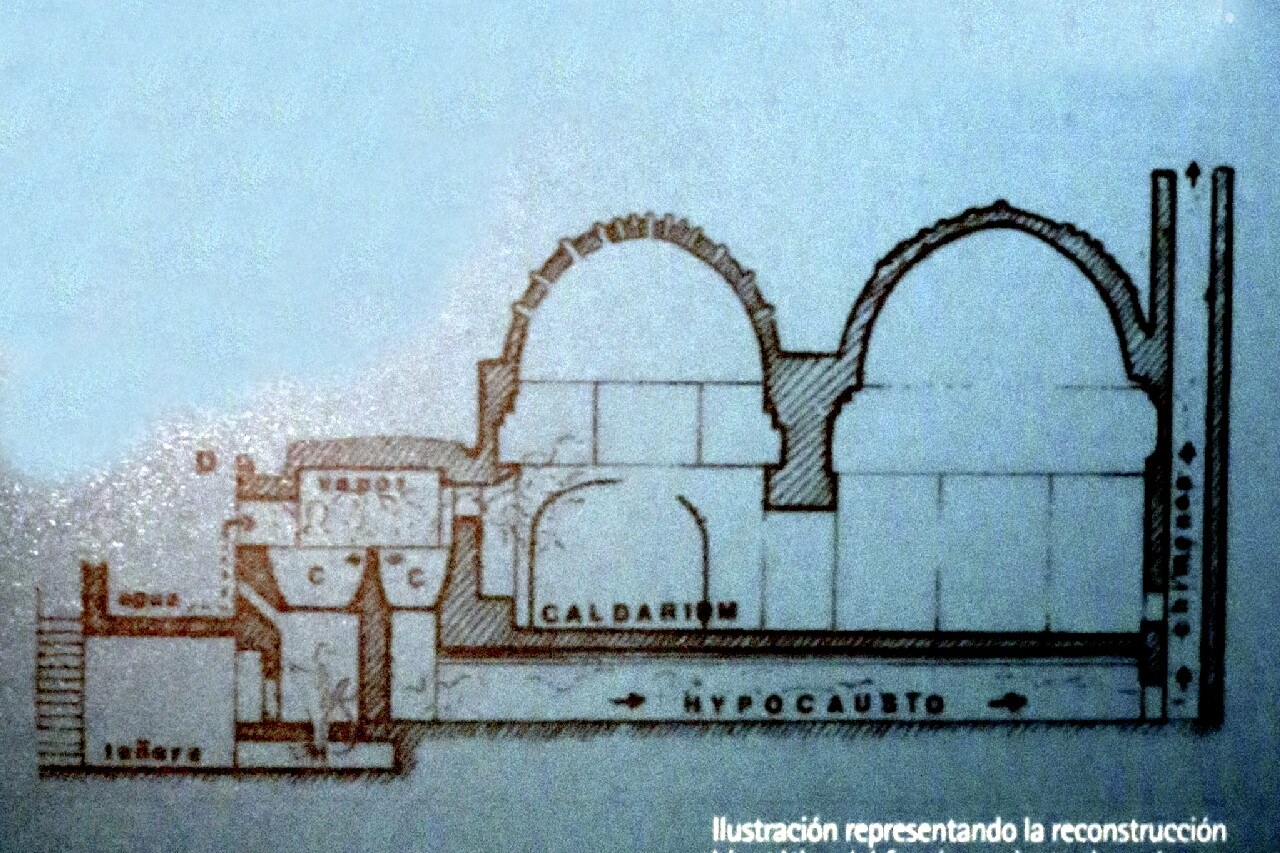
..

..
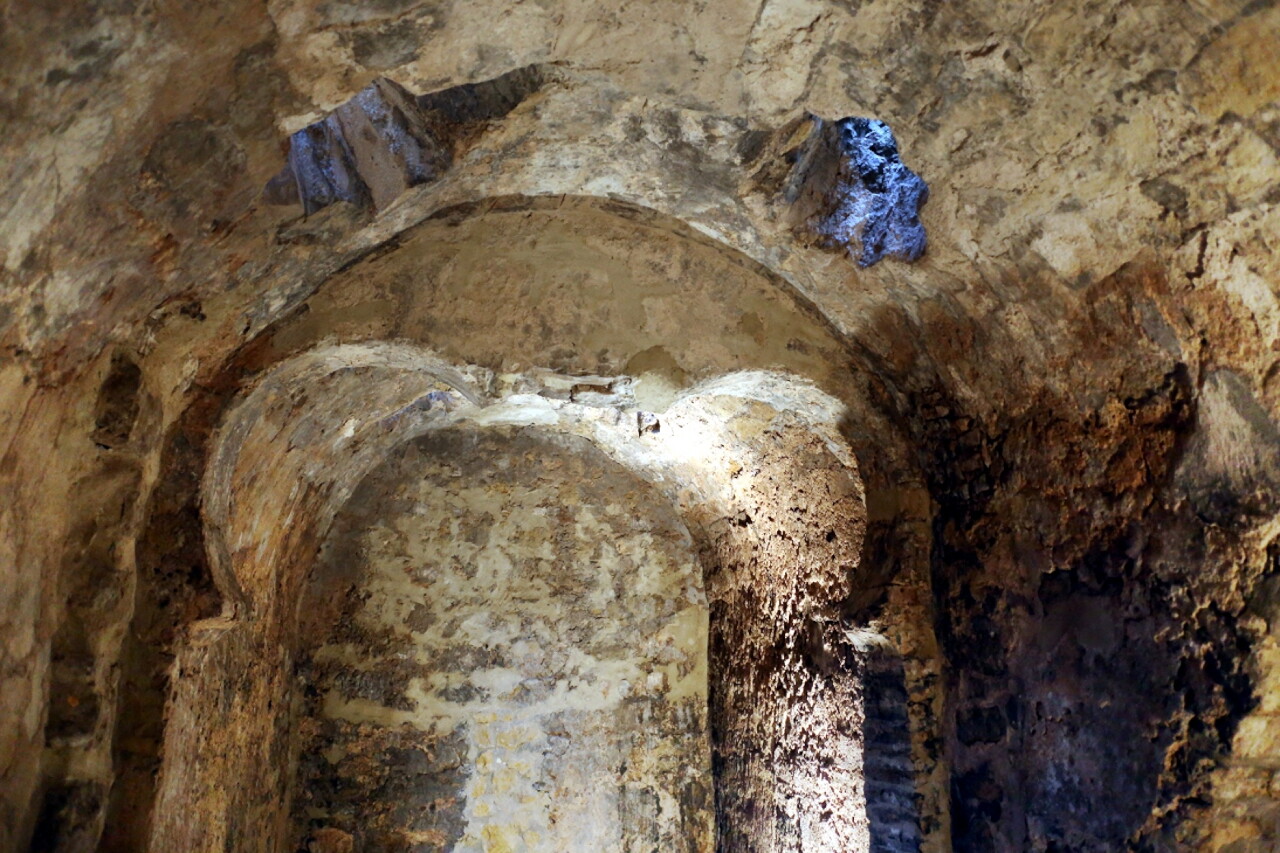
..
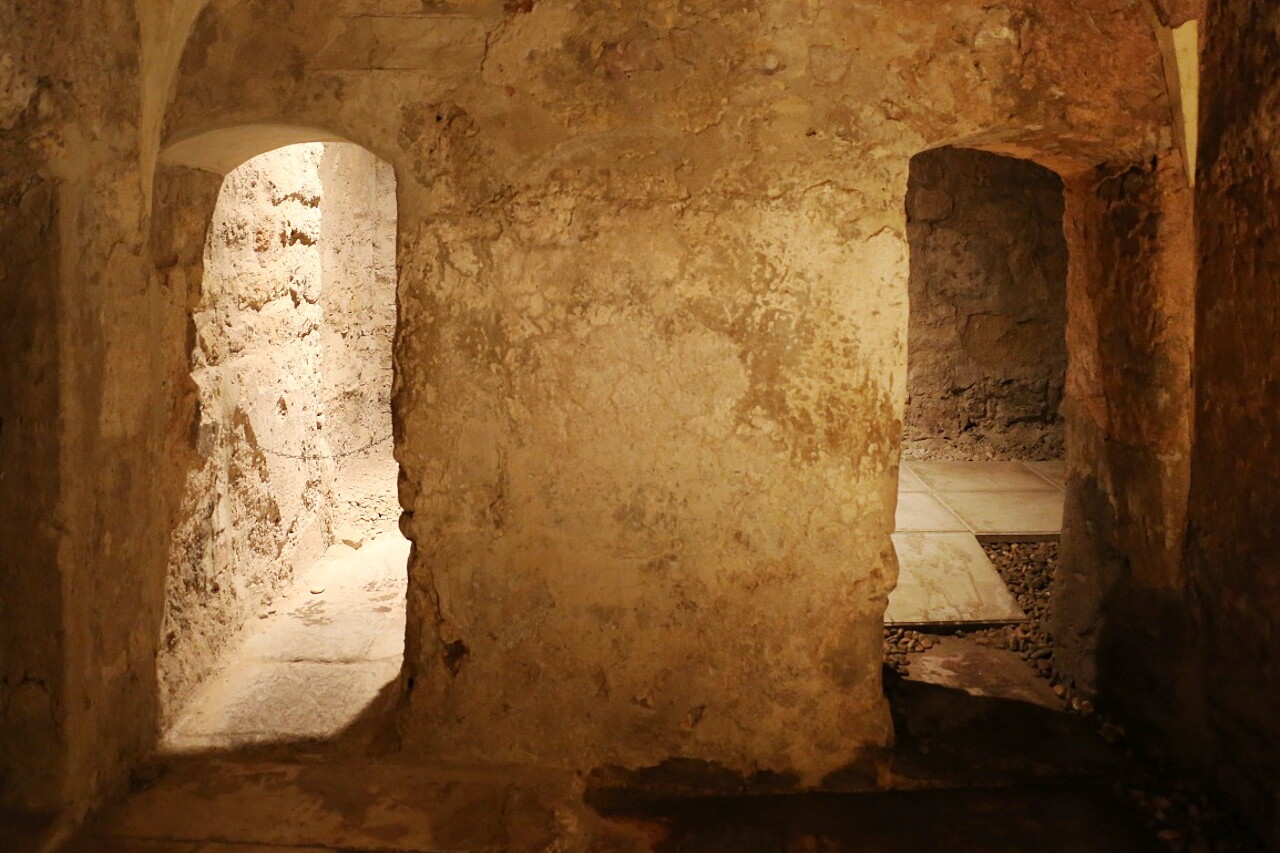
..
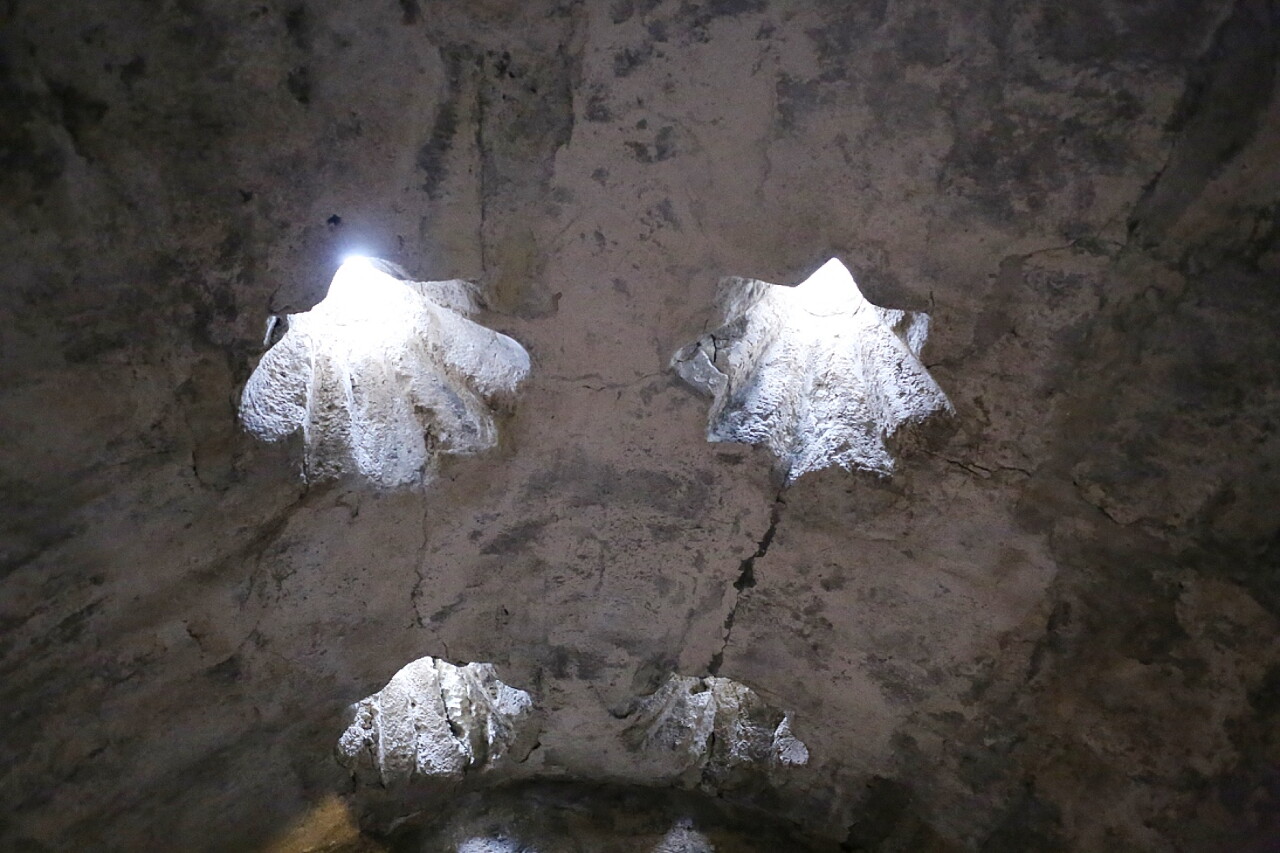
..
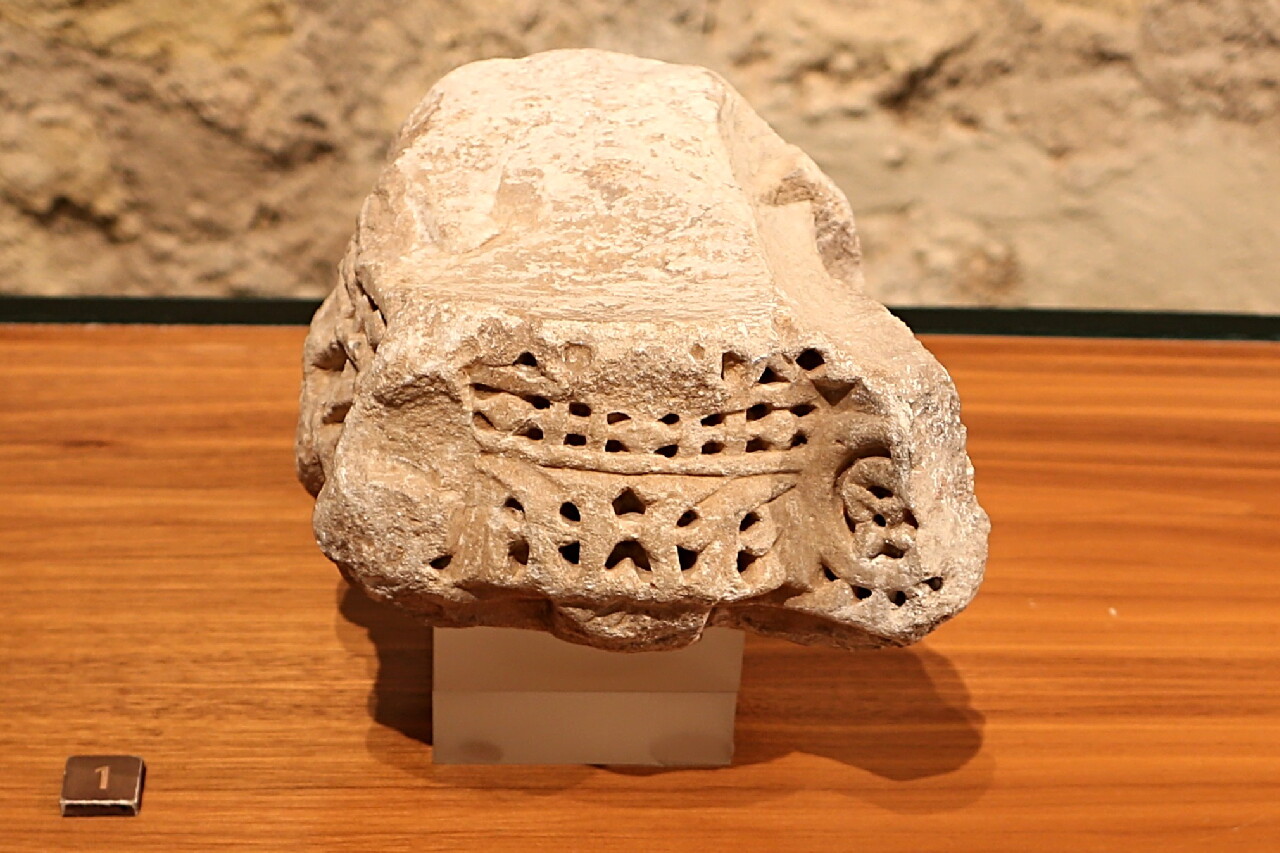
..
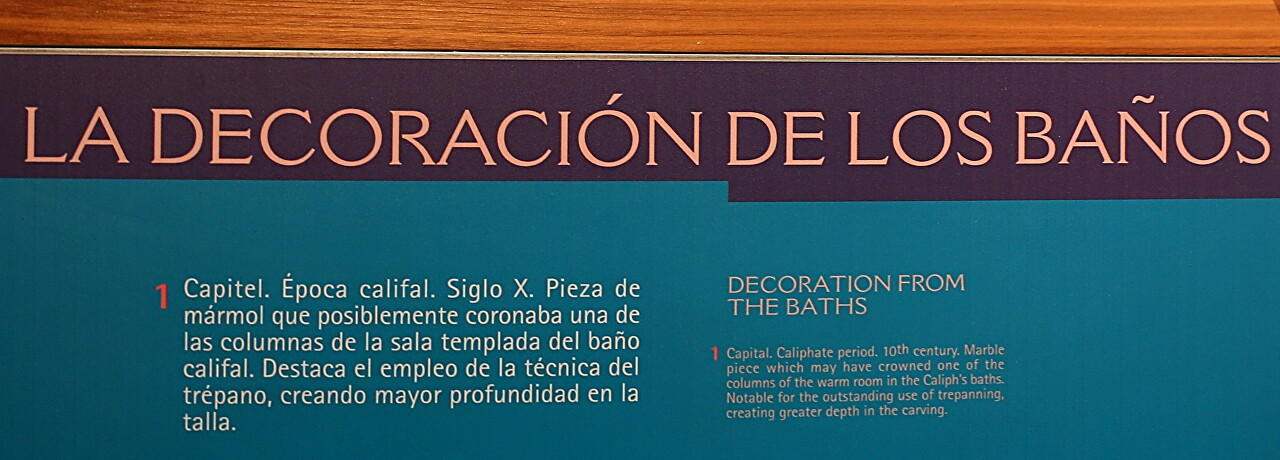
..
